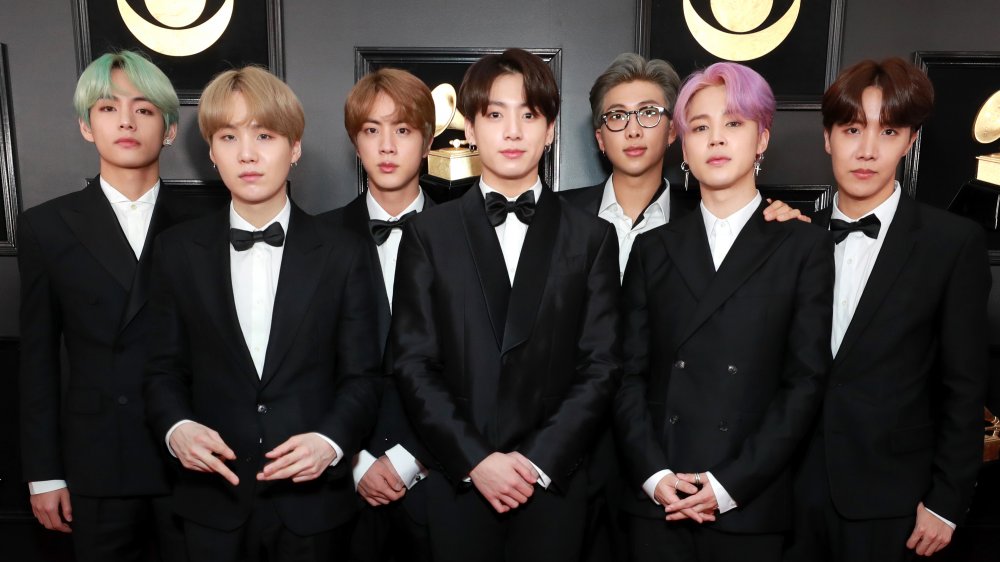The past decade has witnessed a phenomenal rise in the global popularity of Korean Pop music, or K-Pop. Once a niche genre enjoyed primarily within East Asia, K-Pop has transcended geographical and cultural barriers, captivating audiences worldwide. This article explores the factors contributing to K-Pop’s international appeal, analyzing its unique blend of music, dance, and visual aesthetics, the sophisticated production value, and the dedicated global fan culture it has fostered.
A Blend of Influences: Catchy Melodies, Energetic Choreography, and Visually Stunning MVs
K-Pop’s music is characterized by a distinctive blend of influences. Catchy melodies often incorporate elements of pop, electronic dance music (EDM), and even hip-hop. Vocals range from powerful belting to melodic rapping, catering to diverse musical preferences. Equally important is the emphasis on synchronized and intricate choreography. K-Pop groups dedicate significant time to perfecting their dance routines, creating visually captivating performances that often go viral on social media platforms. The visual component of K-Pop extends beyond live performances. Music videos (MVs) are meticulously crafted, featuring elaborate sets, intricate storylines, and stunning visuals that elevate the musical experience.
Idol Culture and Dedicated Fandoms: A Recipe for Global Engagement
K-Pop thrives on a unique “idol culture.” K-Pop groups are not merely bands; they are carefully curated groups of talented singers, dancers, and performers. Idols undergo rigorous training, honing their musical and dance skills before debuting. This dedication fosters a strong sense of connection with fans who admire their talent and hard work. K-Pop fan culture is another key factor in the genre’s global success. Fan communities, often organized across geographical borders, actively promote their favorite groups on social media, create fan art and videos, and organize global campaigns to garner international recognition. This dedicated fandom fuels the global conversation surrounding K-Pop, propelling its reach beyond traditional music channels.
Strategic Marketing and Social Media Savvy: Reaching a Global Audience
The Korean music industry has adopted sophisticated marketing strategies to promote K-Pop internationally. Record labels leverage social media platforms like YouTube, TikTok, and Twitter to distribute content, connect with fans worldwide, and create a sense of community. Music videos are often meticulously subtitled in multiple languages, ensuring accessibility to a broader audience. K-Pop artists actively engage with fans online, participating in live streams and social media challenges, fostering a sense of connection and breaking down cultural barriers.
Beyond Music: The Expanding Influence of K-Pop
The influence of K-Pop extends beyond music. K-Pop artists have become fashion icons, influencing global trends with their stylish outfits and innovative hairstyles. Korean beauty products and skincare routines, heavily promoted by K-Pop idols, have gained immense international popularity. Furthermore, K-Pop is driving a surge in interest in Korean culture and language, prompting fans to learn more about Korea’s rich history and traditions.
Challenges and the Road Ahead: Adapting to a Changing Landscape
Despite its undeniable success, K-Pop faces challenges. Maintaining cultural relevance in an ever-evolving global market requires constant innovation. Additionally, concerns regarding artist work ethic and the demanding nature of idol training necessitate a focus on ensuring artist well-being. Addressing these issues and promoting K-Pop’s vibrant and diverse music scene will be crucial for sustaining its global impact.
